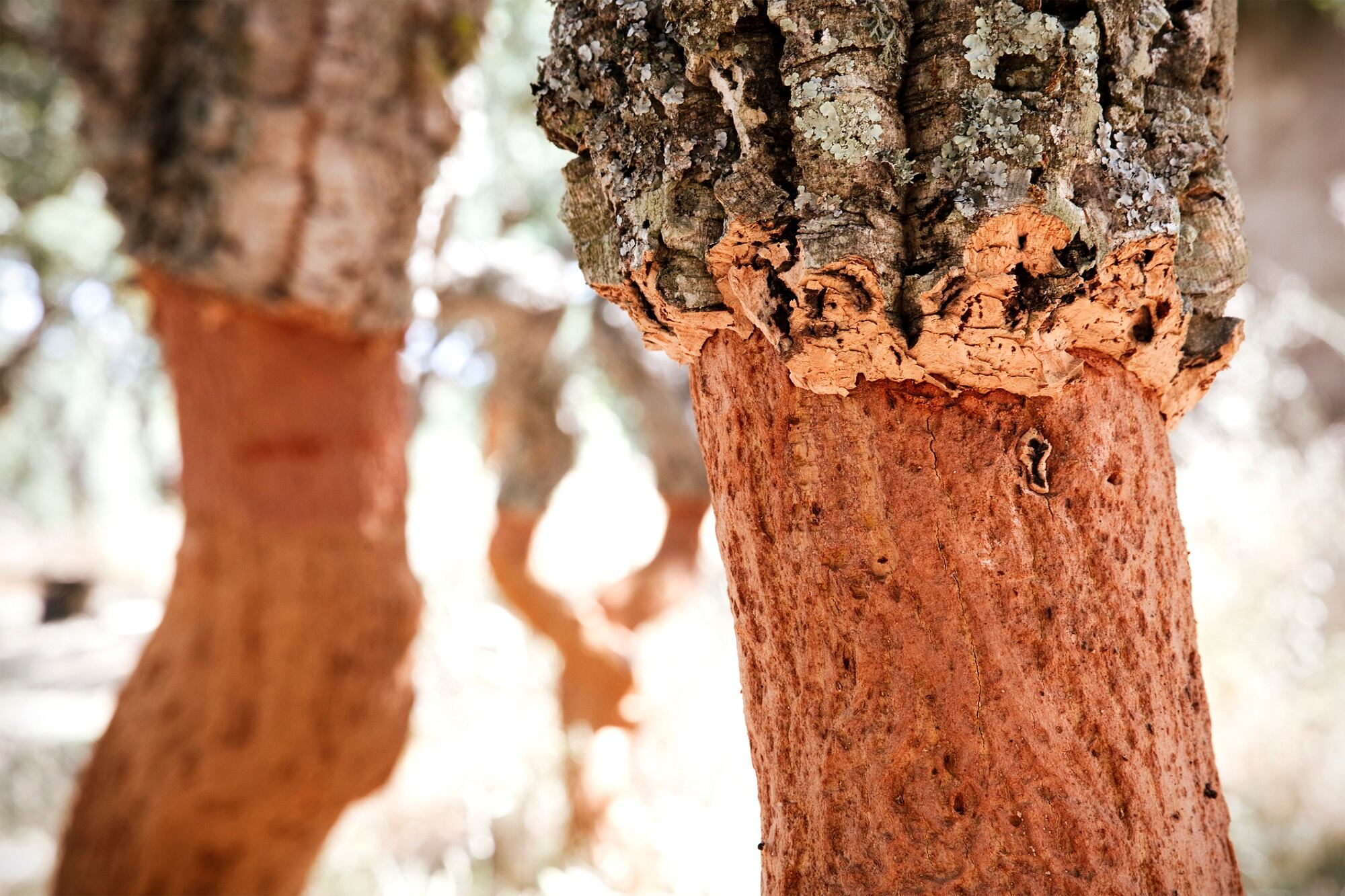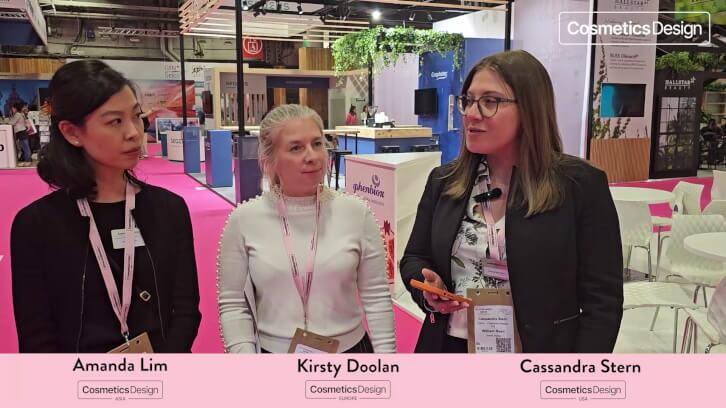Launched earlier this year, ingredients manufacturer Provital’s Shiloxome has been featured at MWSCC, In-Cosmetics Global, and most recently, at NYSCC Suppliers’ Day. The innovative ingredient utilizes cutting-edge endophyte-based biotechnology derived from cork oak trees to visibly combat signs of aging and protect the skin’s microbiome.
We interviewed David Manzano, R&D Manager at Provital S.A. for a comprehensive look at the R&D process behind the Triplobiome Technology used to develop Shiloxome and the potential impact of the ingredient’s launch on future cosmetic and personal care product formulations.
CDU: Can you share some brief background regarding your professional experience, Provital, and your relationship with the cosmetics and personal care product industries?
David Manzano (DM): My professional journey began with a passion for Biology, which led me to pursue a PhD in Biochemistry and Molecular Biology from the University of Barcelona. Following this, I embarked on enriching postdoctoral stages at prestigious institutions such as the John Innes Centre in the UK, as well as various Spanish research institutions like CSIC and CRAG.
My research expertise spans diverse areas such as epigenetics and the regulation of plant metabolism to produce natural compounds with high-added value. Throughout my academic journey, I have contributed to several papers and book chapters in relevant peer-reviewed scientific journals and have presented my findings at national and international conferences. Transitioning into the private sector, I've had the privilege of leading dynamic teams focused on pioneering research initiatives across various sectors, with a particular focus on cosmetics.
CDU: Can you walk us through the background behind Triplobiome Technology, including the R&D process behind endophyte-based biotechnology and the innovation’s potential impact on cosmetics and personal care product manufacturers and suppliers?
DM: The recent years have seen an explosion of knowledge regarding the human microbiome and its effects on health are now widely accepted. Although much less known, plants also possess their own internal endophytic microbiota.
These symbiotic microorganisms play crucial roles in aiding plants to cope with biotic and abiotic stresses contributing to their protection, nutrition, and growth. Interestingly, endophytes possess a remarkable capacity for synthesizing bioactive phytochemicals as well as microbial metabolites, providing a viable alternative for producing cosmetic actives while mitigating the overexploitation of host plants.
This is the essence of Triplobiome technology: we have successfully isolated a relevant collection of endophytic strains from various plant species across major evolutionary groups and developed a platform for the screening and subsequent biotechnological production of natural and traceable active cosmetic ingredients. We are translating the diverse activities provided by endophytes to plants into the realm of skin care product development, ensuring efficacy and functionality.
Shiloxome stands as our inaugural active derived from this technology, with ongoing development of additional actives from our platform. Our technology represents a pioneering approach, combining natural raw materials and advanced biotechnology to develop highly innovative active ingredients.
The development of this platform comes at the right moment as increasing number of consumers seek both for nature – based products alongside biotechnology-based ingredients. This strategy allows us to tap into plant metabolic reservoirs without overusing plants, thereby reducing land and resource usage, minimizing plant waste, and obtaining sustainable, traceable, and reproducible ingredients.
CDU: How was Triplobiome Technology used in the formulation process to develop and produce Shiloxome? Can you explain what Shiloxome is, how it works, and how it can be used in cosmetic/personal care product formulations?
DM: Shiloxome stands as our inaugural 'ecosystem ingredient,' embodying the core principles of the Triplobiome concept. Derived from an endophytic yeast (Kwoniella mangroviensis) found in the bark of the cork oak tree, Shiloxome harnesses the remarkable properties of this resilient species.
Cork oak trees, renowned for their longevity, produce cork with exceptional isolating properties, offering robust barrier protection against environmental elements. Furthermore, endophytes from cork have demonstrated capabilities in pathogen defense and bolstering resilience to climate change.
Through extensive research, we have unveiled the multifaceted benefits of Shiloxome, employing cutting-edge technologies to explore its potential. Our studies have revealed its efficacy in anti-pollution and barrier-strengthening functions, as well as its anti-aging properties.
Utilizing advanced methodologies such as multi-omics analysis, including transcriptomics in vitro, and whole microbiome analysis and a pioneering lipidomics study in vivo, we have conducted comprehensive assessments of its efficacy.
In vitro studies have demonstrated Shiloxome's ability to combat pollution effects on human keratinocytes and induce the formation of extracellular matrix in human dermal fibroblasts, indicating its anti-aging potential. In vivo trials have further validated its efficacy, showcasing improvements in various instrumental parameters associated with aging, including skin radiance, firmness, elasticity, TEWL, and skin tone evenness.
Notably, these effects were particularly pronounced in a post-menopausal cohort, with all results significantly differing from those of the placebo group.
Importantly, Shiloxome maintains the natural balance of the skin microbiome, as evidenced by stable skin microbiota diversity throughout the study period. Our lipidomic analysis has identified significant changes in lipid composition upon Shiloxome application, including an increase in total lipid chain length, particularly in triglycerides (TGs) and ceramides (Cer). Interestingly there is a whole body of scientific literature demonstrating that increase in lipid chain length is correlated with more dense lipid organization and a increased skin barrier function.
Also, the lipidomics analysis show a reduction in the levels of oxidized lipids including triglycerides and Hydroperoxy-squalene, a well-known marker related to pollution and skin ageing. Therefore, Shiloxome increases the amount of high quality lipids on the skin. This enhancement in lipid quality translates to improved skin barrier function and protection against oxidative stress and pollution-induced aging.
Shiloxome's versatility extends to personal care formulations targeting mature skin with anti-aging claims, including serums, creams, and lotions. It is compatible within a broad pH range and is colorless, facilitating its integration into various product formulations. As a pioneering 'ecosystem ingredient,' Shiloxome represents a breakthrough in sustainable, effective skin care solutions, poised to revolutionize the industry.
CDU: Have there been any studies published in peer-reviewed journals on the efficacy of Shiloxome?
DM: Our studies on the efficacy of Shiloxome have not yet been published in a peer-reviewed journal. However, due to the novelty of the results obtained, especially through lipidomics analysis, we are currently preparing a manuscript for publication.
Our in vivo study has unveiled a remarkable diversity of lipid compounds in the skin. We identified more than 300 different lipids, many of which have not been previously described. Furthermore, our study highlights the presence of various oxidized lipid compounds, identified through an optimized analysis protocol.
CDU: What are Provital’s plans for further research and development in the skin care ingredient formulation space?
DM: Provital is actively pursuing the development of trend-setting formulas that capture the essence of today's market and reflect the values of our active ingredients, such as sustainability, inclusivity, innovation, and disruptiveness.





